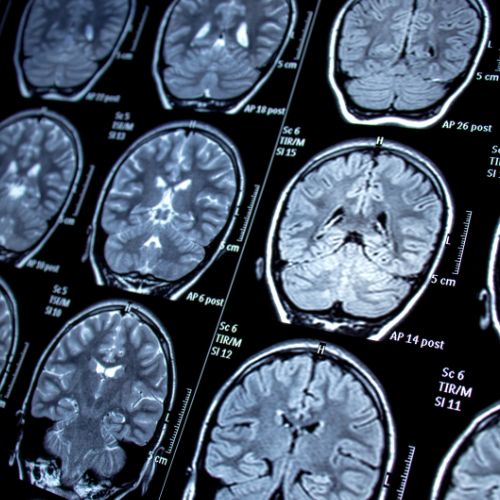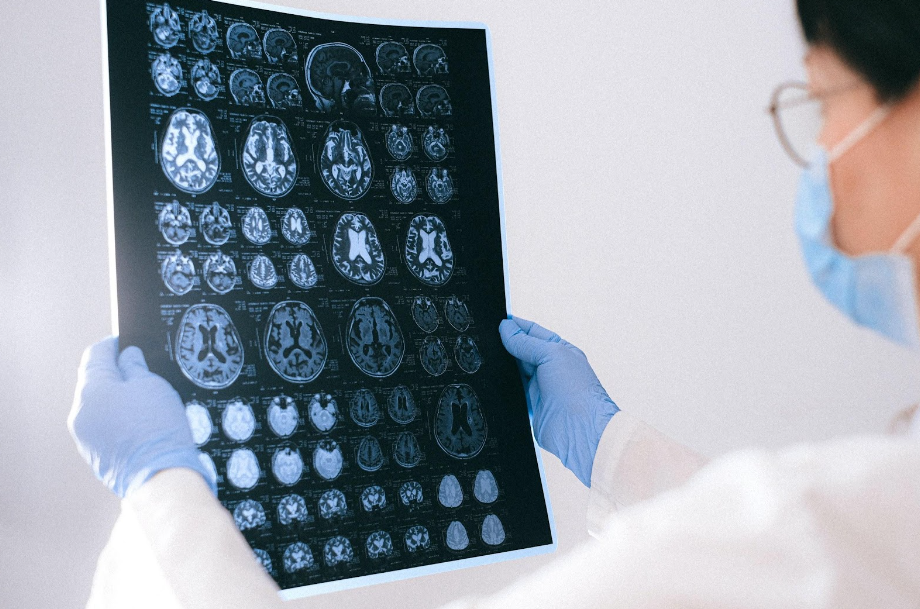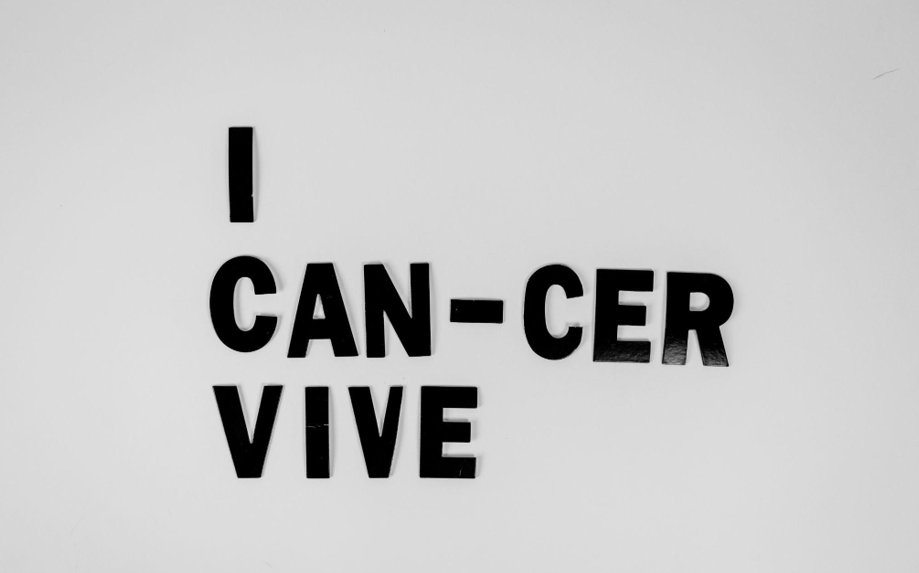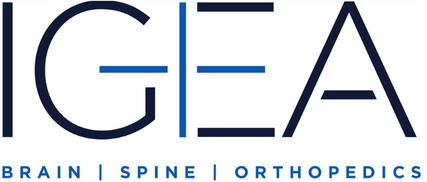Everything You Need to Know About Chronic Back Pain
Everything You Need to Know About Chronic Back Pain

Persistent back pain is a prevalent ailment that can hinder daily activities and could be nearly incapacitating. It is important to address appropriately and manage this chronic condition in the right way. This persistent discomfort may be caused by several underlying issues.
If you're interested in learning more about the intricacies surrounding back pain such as causes, diagnoses, and available treatment options, keep reading.
How Persistent Is Chronic Back Pain?
Chronic back pain is a pervasive issue, with statistics painting a sobering picture. Reports estimate that around 80% of individuals will experience back pain at some point in their lives. Of these cases, a substantial portion evolves into chronic back pain, where the discomfort persists for 12 weeks or longer, affecting approximately 20% of those initially afflicted.
There is a significant impact on people's quality of life. Prolonged back discomfort can impair everyday activities and general well-being by causing decreased mobility, disturbed sleep, and mental anguish. Even simple tasks can become difficult, and the ongoing discomfort can cause despair and anxiety.
Beyond personal suffering, chronic back pain imposes a considerable economic burden. Healthcare costs, lost productivity, and missed workdays collectively cost billions annually. This places a significant strain on both individuals and society as a whole, underscoring the pressing need for effective medical solutions to address chronic back pain.
Causes of Chronic Back Pain
Chronic back pain can be a complex and multifaceted issue, with various underlying causes that demand tailored treatment approaches for effective relief.
Some common causes of chronic back pain include the following:
- Herniated Discs: This condition occurs when the soft inner core of a spinal disc protrudes through the tougher outer shell, often pressing on nearby nerves. It's a common cause of chronic back pain, resulting from wear and tear or sudden injuries.
- Degenerative Disc Disease: Over time, the spinal discs naturally degenerate, losing their cushioning capacity. This degeneration can lead to chronic pain, typically characterized by stiffness and discomfort.
- Osteoarthritis: As joints in the spine deteriorate due to the aging process, they can develop osteoarthritis, causing pain, inflammation, and stiffness. This condition is a frequent contributor to chronic back pain.
- Spinal Stenosis: Spinal stenosis is the narrowing of the spinal canal, often caused by age-related changes. It can compress the spinal cord or nerve roots, leading to persistent pain and reduced mobility.
Now let’s look at some of the less common causes of chronic back pain:
- Scoliosis: Scoliosis is an abnormal curvature of the spine, which can cause chronic back pain, particularly if the curve is severe. It often develops during adolescence but can affect people of all ages.
- Spondylolisthesis: This condition occurs when one vertebra slips forward over the one below it. It can lead to chronic back pain, nerve compression, and other symptoms.
- Infections or Tumors: In rare cases, infections or tumors in the spine can cause chronic back pain. These conditions require immediate medical attention and specialized treatment.
Identifying Underlying Causes for Effective Treatment
Recognizing the specific cause of chronic back pain is essential for devising an effective treatment plan. Different conditions may necessitate distinct approaches, from conservative methods like physical therapy and medications to more invasive interventions like surgery or interventional procedures. Precise diagnosis and targeted treatments can provide individuals with the best chance of achieving relief and reclaiming their quality of life, emphasizing the importance of seeking professional medical guidance for chronic back pain.
Accurate diagnosis is imperative for effective treatment of chronic back pain. To determine the underlying cause and devise an appropriate plan for relief, healthcare professionals utilize several diagnostic methods. They include:
- Medical History and Physical Examination: The process typically begins with a comprehensive medical history and physical examination. Patients' descriptions of their pain, its duration, and associated symptoms provide crucial insights. Think of a visit to your healthcare provider as a snapshot. When you answer questions about the duration and any noticeable decrease or increase in symptoms, you help to give a panoramic view so that a better diagnosis and treatment plan can be found. Physical examinations also help identify areas of tenderness, limited mobility, or neurological deficits.
- Imaging Tests: X-rays, MRI (Magnetic Resonance Imaging), and CT (Computed Tomography) scans play a pivotal role in visualizing the spine's structures. These diagnostic tools reveal bone abnormalities, disc conditions, spinal alignment issues, and soft tissue abnormalities, aiding in pinpointing the root cause of chronic back pain. Once the cause is found, a strong treatment plan can be made.
- Nerve Conduction Studies: In cases where nerve compression or damage is suspected, nerve conduction studies may be employed. These examinations measure the electrical signals' strength and speed as they travel through nerves, which aids in the diagnosis of nerve-related conditions. The more data your healthcare professional has to diagnose with, the more effective your treatment plan will be.
An incorrect diagnosis may lead to ineffective or even counterproductive treatments. Therefore, consulting with experienced healthcare professionals and undergoing these diagnostic processes is crucial for individuals seeking relief from the burden of chronic back pain.
Non-Surgical Treatment Options
When it comes to addressing chronic back pain, non-surgical treatment options are often the first line of defense, offering effective relief for many individuals. These treatments are diverse and tailored to the specific needs of each patient. Some of the conservative treatments and interventional procedures available include the following:
Physical Therapy and Exercises
Physical therapy plays a crucial role in managing chronic back pain. Specially designed exercise programs can help strengthen the muscles that support the spine, improve flexibility, and correct posture. Physical therapists work closely with patients to develop customized regimens to alleviate pain and improve overall spine health.
Pain Management
For pain management, physicians commonly prescribe NSAIDs, muscle relaxants, and analgesics. In cases of nerve-related pain, antidepressants or anticonvulsants may be advised. Lifestyle adjustments are integral for alleviating chronic back pain. Maintaining a healthy weight, improving ergonomics, and practicing stress reduction techniques play a crucial role. These changes not only reduce existing discomfort but also prevent its recurrence. This holistic approach enhances overall well-being and complements other treatment methods effectively.
Epidural Injections
The epidural area around the spinal cord is the direct site of delivery for anti-inflammatory drugs. They work well to lessen pain and inflammation, especially when those symptoms are brought on by diseases like spinal stenosis or ruptured discs.
Facet Joint Injections
Facet joint injections target specific joints in the spine that may be the source of pain. These injections provide pain relief by numbing the nerves that transmit pain signals.
Radiofrequency Ablation
Radiofrequency ablation is a minimally invasive procedure that uses radiofrequency energy to disrupt the nerves responsible for transmitting pain signals. This can provide lasting pain relief for individuals with chronic back pain.
Multidisciplinary Approach to Pain Management
A multidisciplinary strategy entails the cooperation of physicians, physical therapists, and pain experts, among other healthcare professionals. This method guarantees that patients obtain a thorough and customized plan for managing their chronic back pain by combining several therapy approaches. Higher success rates, improved patient outcomes, and the opportunity to test a range of treatments to find the most effective one for each patient's unique illness are just a few benefits of a multidisciplinary approach. It's a full-body strategy designed to raise the possibility of pain relief and enhance patients' overall quality of life without requiring surgery.
Want to find relief from chronic back pain and reclaim your quality of life? Visit
IGEA Brain, Spine, and Ortho for expert medical care tailored to your unique needs. Our team of specialized professionals is dedicated to providing comprehensive solutions, from accurate diagnosis to personalized treatment plans. Don't let chronic back pain control your life any longer—take the first step toward a pain-free future.
Contact us for more information or
schedule your consultation today and experience the difference of compassionate, cutting-edge care. Your journey to wellness begins here.







